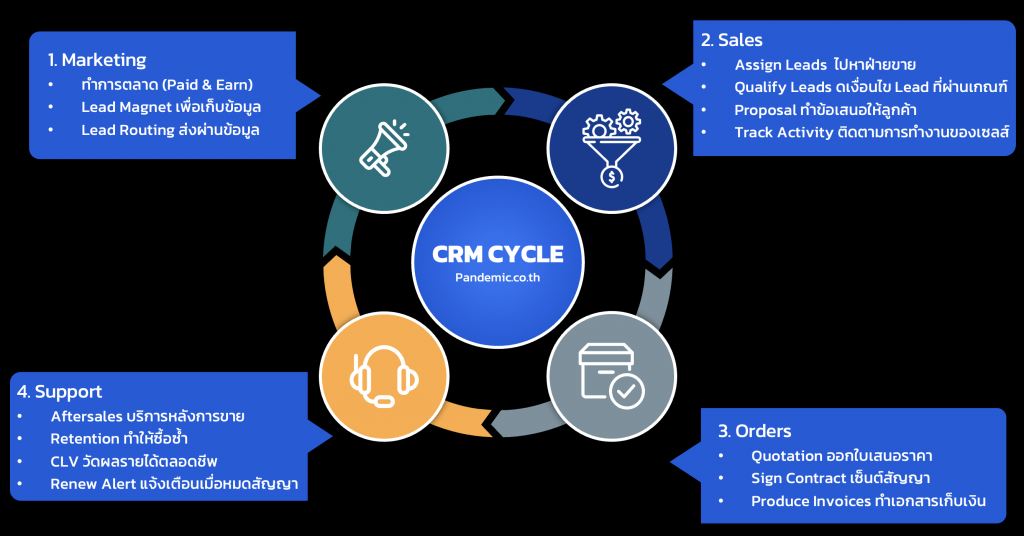The CRM sales pipeline typically consists of several stages, which may vary depending on the specific business and industry. Common stages include:
- Lead/Prospect: This stage represents the initial contact or potential customer who has shown interest in the company’s products or services.
- Qualification: In this stage, the sales team evaluates the lead’s suitability as a potential customer, assessing their needs, budget, and purchasing authority.
- Proposal: Once a lead is qualified, the sales team prepares and presents a proposal or sales pitch that outlines the solution or value proposition tailored to the customer’s requirements.
- Negotiation: If the proposal is accepted, this stage involves negotiating the terms, pricing, and any specific requirements with the customer.
- Closed/Won: This stage indicates that the deal has been successfully closed, and the customer has made a purchase or committed to the agreed-upon terms.
- Closed/Lost: This stage signifies that the deal did not progress further or was lost to a competitor.

In summary, the CRM sales pipeline is a tool within a CRM system that helps sales teams manage and track their sales opportunities from lead generation to deal closure. It provides a structured approach to managing the sales process and enables companies to nurture and convert leads into satisfied customers.
8 steps for developing a strategic CRM system:
Define CRM Objectives: Start by clearly identifying your CRM objectives and aligning them with your overall business strategy. Determine what specific goals you want to achieve with your CRM system, such as increasing customer retention, improving customer satisfaction, or driving sales growth.
Customer Segmentation: Analyze your customer base and segment them into distinct groups based on their demographics, behavior, preferences, and value to your business. This segmentation will help you tailor your CRM strategies and initiatives to address the unique needs of each customer segment.
Select the Right CRM Technology: Choose a CRM software or platform that aligns with your business requirements and supports your strategic objectives. Evaluate different CRM solutions available in the market and select the one that provides the necessary features and scalability to meet your needs.
Data Integration: Ensure that your CRM system integrates seamlessly with other relevant systems within your organization, such as sales, marketing, and customer support. This integration allows for a unified view of customer information and enables efficient data sharing across departments.
Data Quality Management: Implement processes and controls to maintain the accuracy, completeness, and consistency of customer data. Regularly cleanse and update customer data to avoid duplicate or outdated records. Good data quality is crucial for effective decision-making and personalized customer interactions.
Automation and Workflow Design: Identify key customer touchpoints and map out the workflow and automation rules to streamline and automate routine processes. This includes automating lead generation, sales follow-ups, customer service requests, and personalized marketing campaigns.
Training and Adoption: Provide comprehensive training to your employees on how to effectively use the CRM system and leverage its features to enhance customer relationships. Encourage adoption by highlighting the benefits and creating incentives for using the system consistently.
Continuous Improvement and Measurement: Continuously monitor and measure the performance of your CRM system against your defined objectives. Use key performance indicators (KPIs) such as customer satisfaction, customer lifetime value, and revenue growth to assess the effectiveness of your CRM strategies. Regularly refine and improve your CRM initiatives based on the insights gained from data analysis and customer feedback.
Contact us for free consulting
Reference
